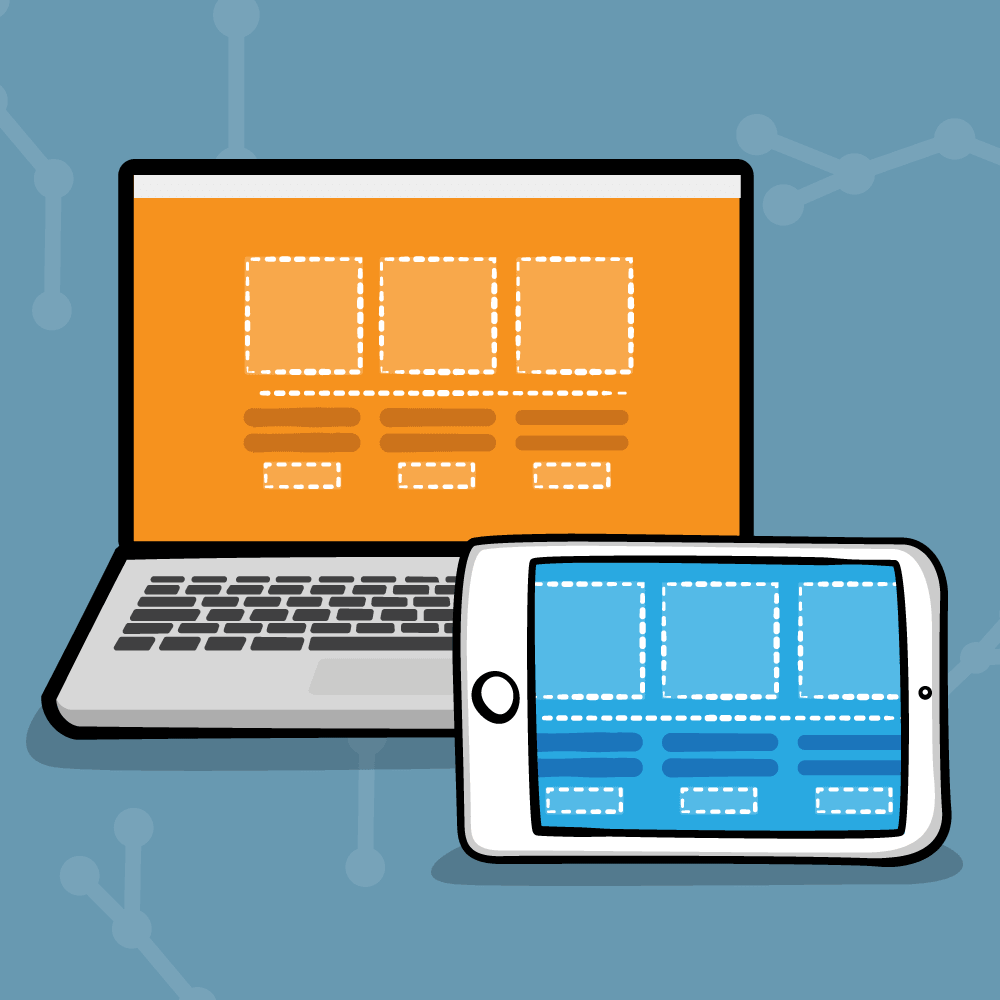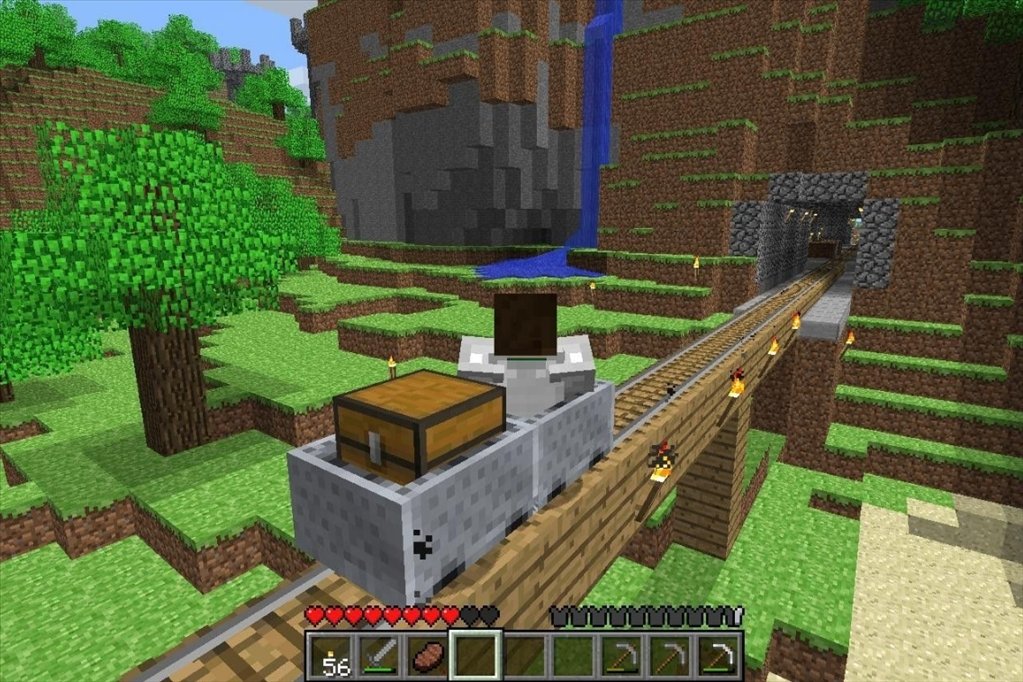

- Case catalyst for mac for mac#
- Case catalyst for mac code#
- Case catalyst for mac simulator#
- Case catalyst for mac mac#
If you're signing locally and your code is split up into frameworks, it may be the case that you're getting code signing errors when your binary starts. requires a development team", however it will build the app just fine and also run it just fine. Now, Xcode will still complain with a small red alert that says "Signing for. You only have to go into the signing settings of Xcode ( "Target" -> "Signing & Capabilities" -> "Signing Certificate") and then select Sign to Run Locally. Thankfully, you can test Catalyst apps just fine without a paid account. However if you're a student or just looking into Catalyst, you might not have a paid Apple Developer account. If you have a paid Apple Developer account, that is not a problem. However, since Catalyst apps run on the real hardware, right away, they are set up for signing by default.
Case catalyst for mac simulator#
It will be extended constantly.Ĭatalyst apps, just like simulator apps, do not require signing. This is a short introduction into Catalyst. So, in short, your app is always in Foreground + Active except when it is (mostly) launching or terminating. Background audio is not supported because users expect audio to stop when they quit an app.Apps are not killed when they consume too much memory.The background tasks continue even though the app is already not visible anymore to the user Background modes are allowed to finish when an app closes.Your app should still take App Napp into account.Apps only enter background during termination and inactive when launching in the background.
Case catalyst for mac mac#
State changes, however, do affect the Mac less, as are almost always Foreground + Active on macOS.The UIApplication lifecycle is fully supported on macOS.
Case catalyst for mac for mac#
The "Taking iPad apps for Mac to the Next Level" talk at WWDC 2019 has a fantastic overview of all the changes.

As an example, the Fruta sample code project uses this technique to create an app that looks great on iPhone, iPad, and Mac.

Then you can use the platform-specific groups for iOS or macOS to flesh out platform-specific assets and views to your liking. This template configures a group for shared code that you can use for data, app structure, and common interface elements. If you’re primarily using SwiftUI, you can try using the new multi platform app project template in Xcode 12. There are a lot of possible paths for creating a multi platform app - which path you choose will depend on your team and the app you’re hoping to create. (Copying/pasting my answer to a similar question)


 0 kommentar(er)
0 kommentar(er)
